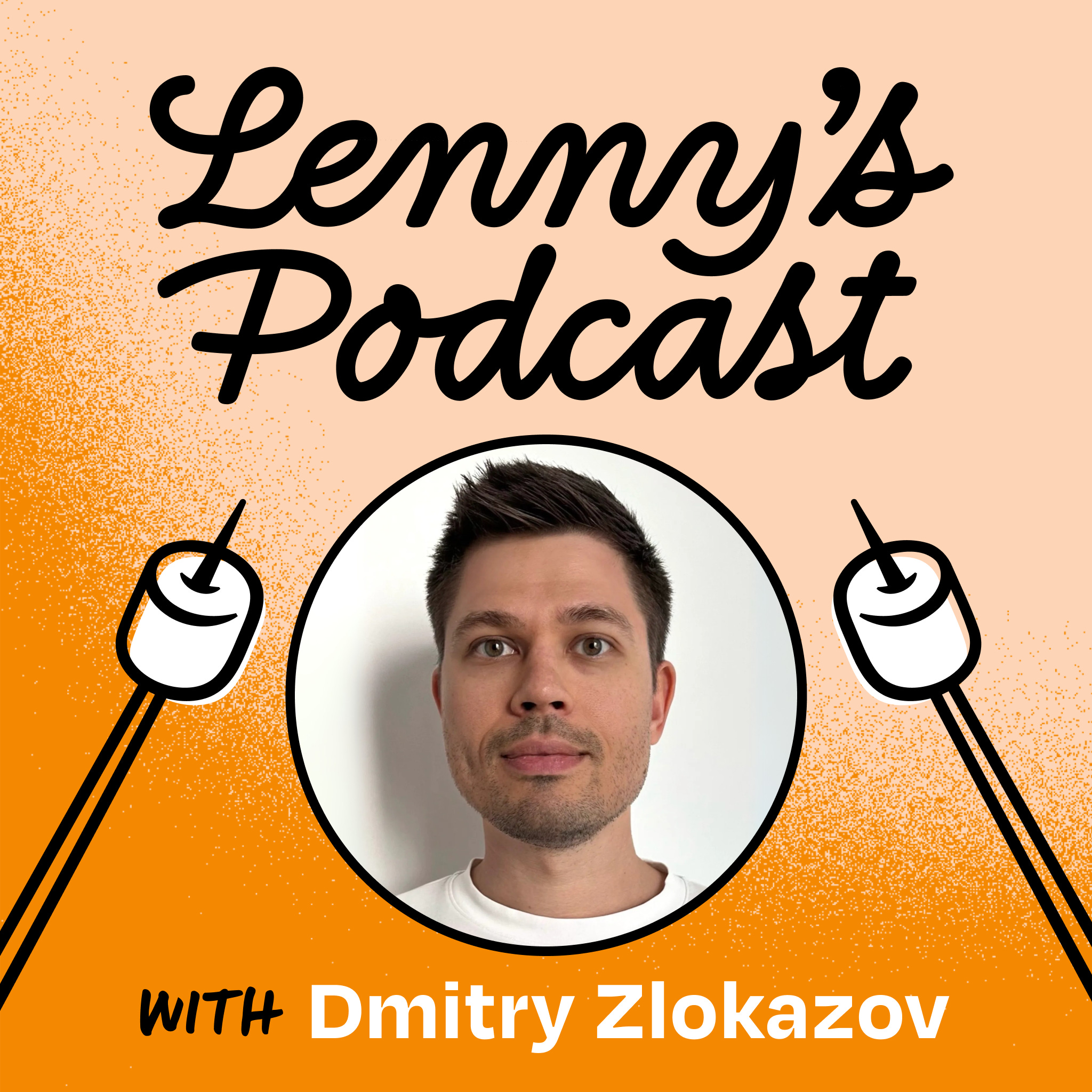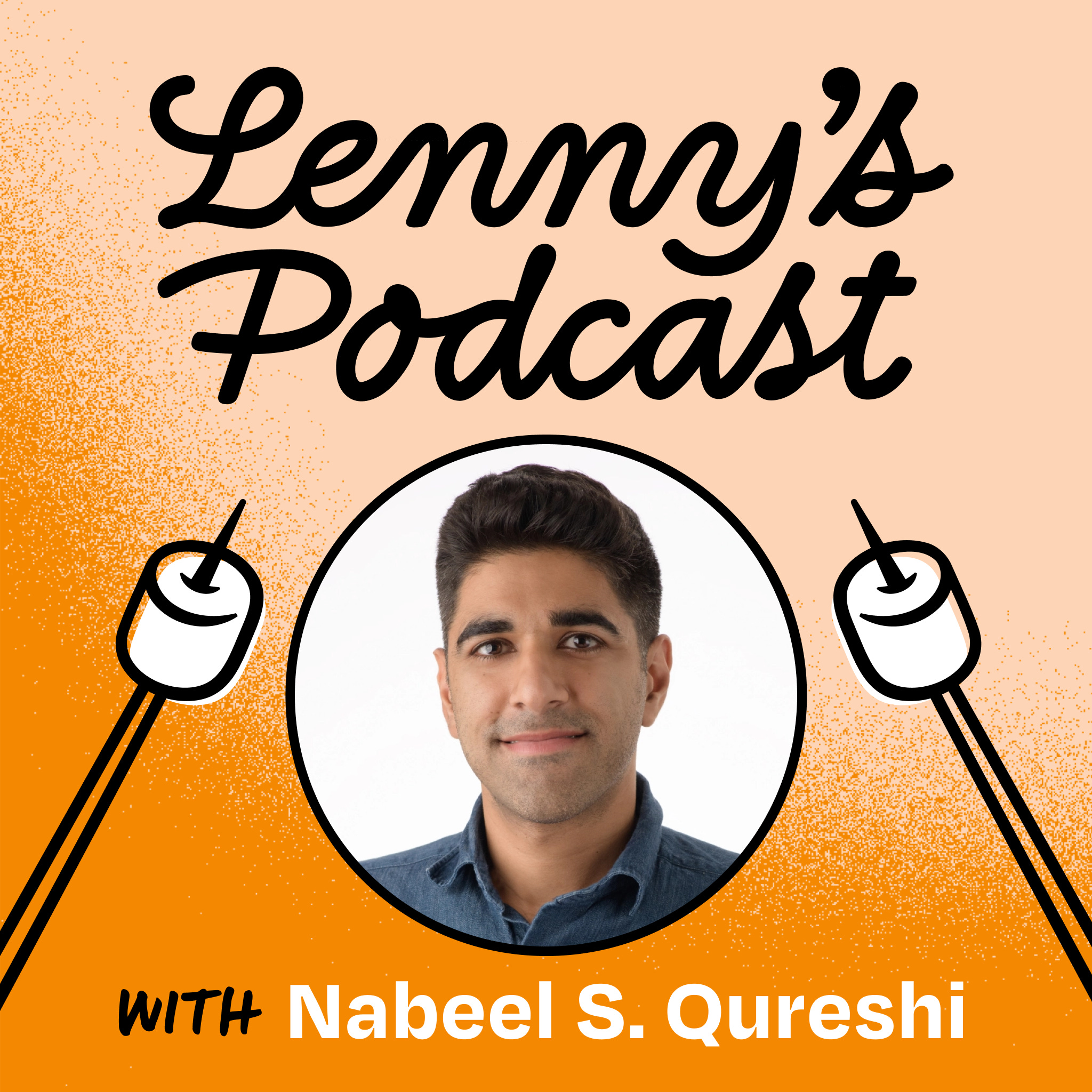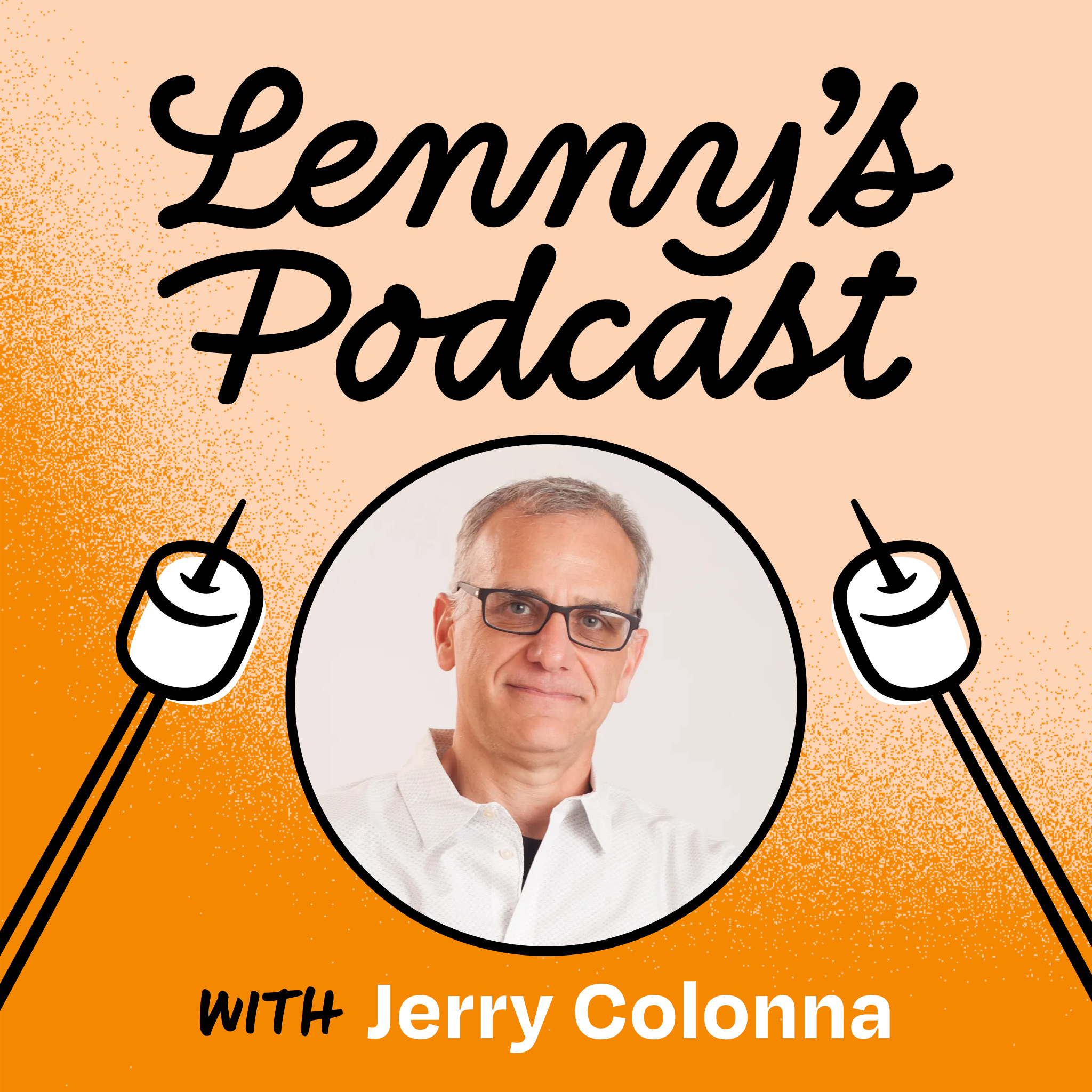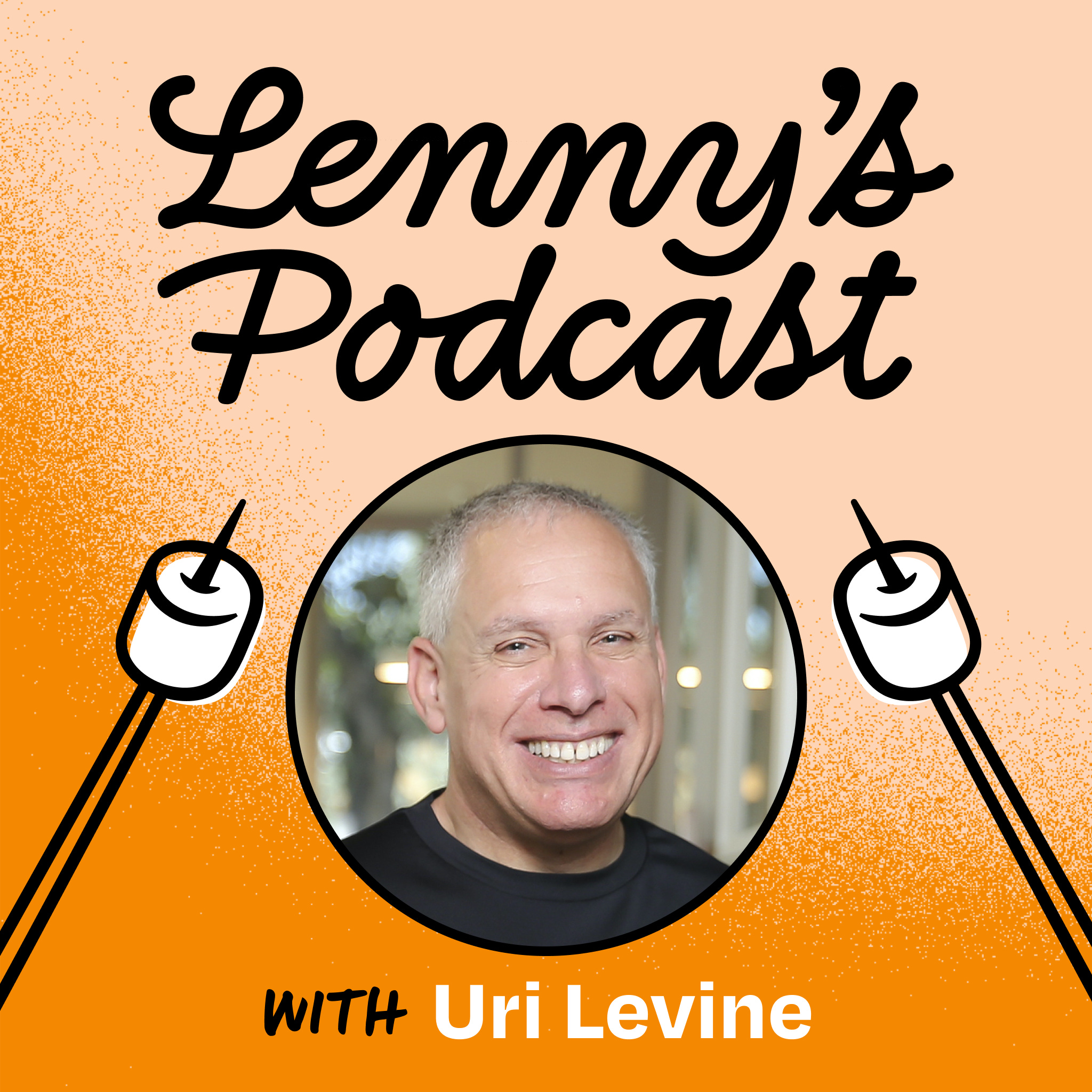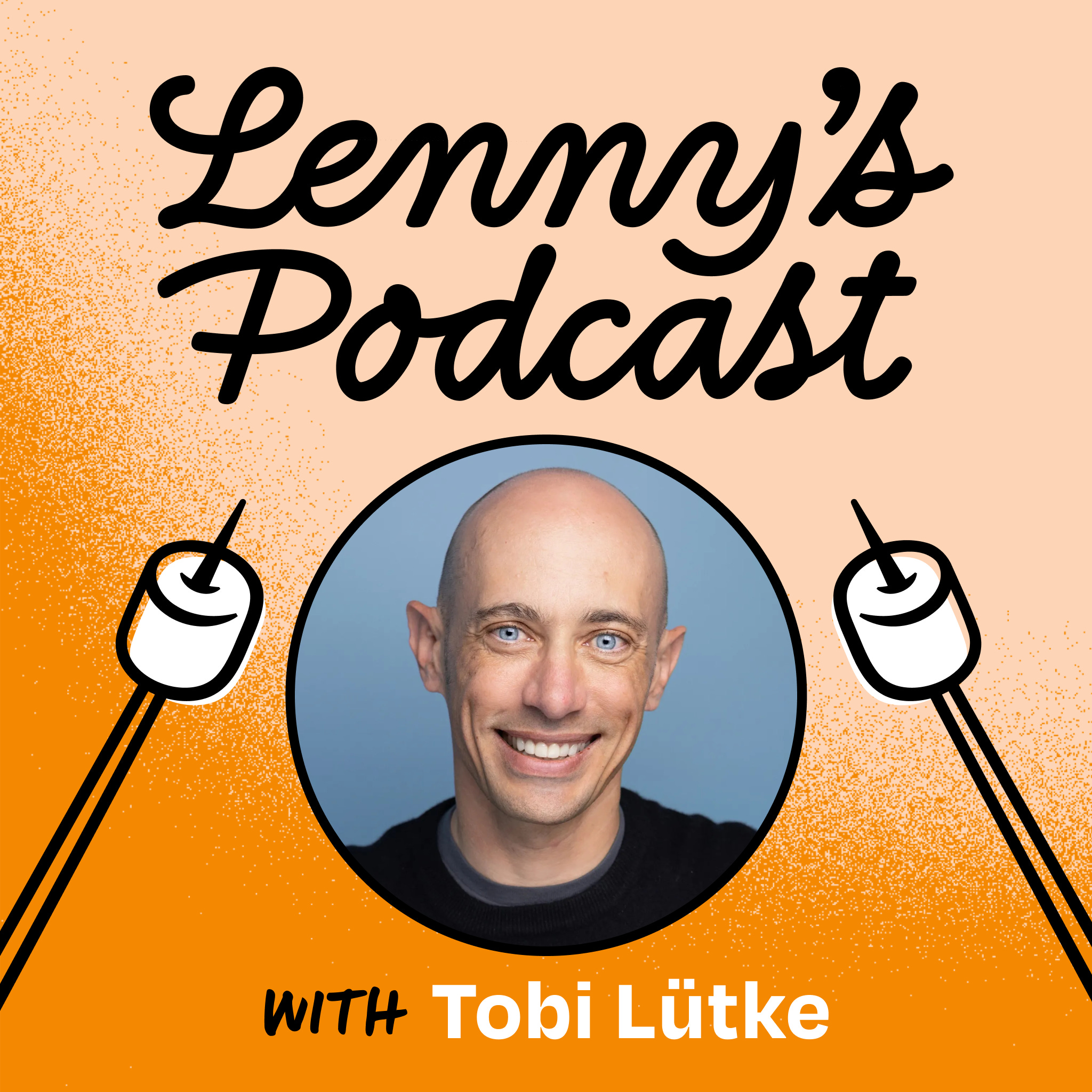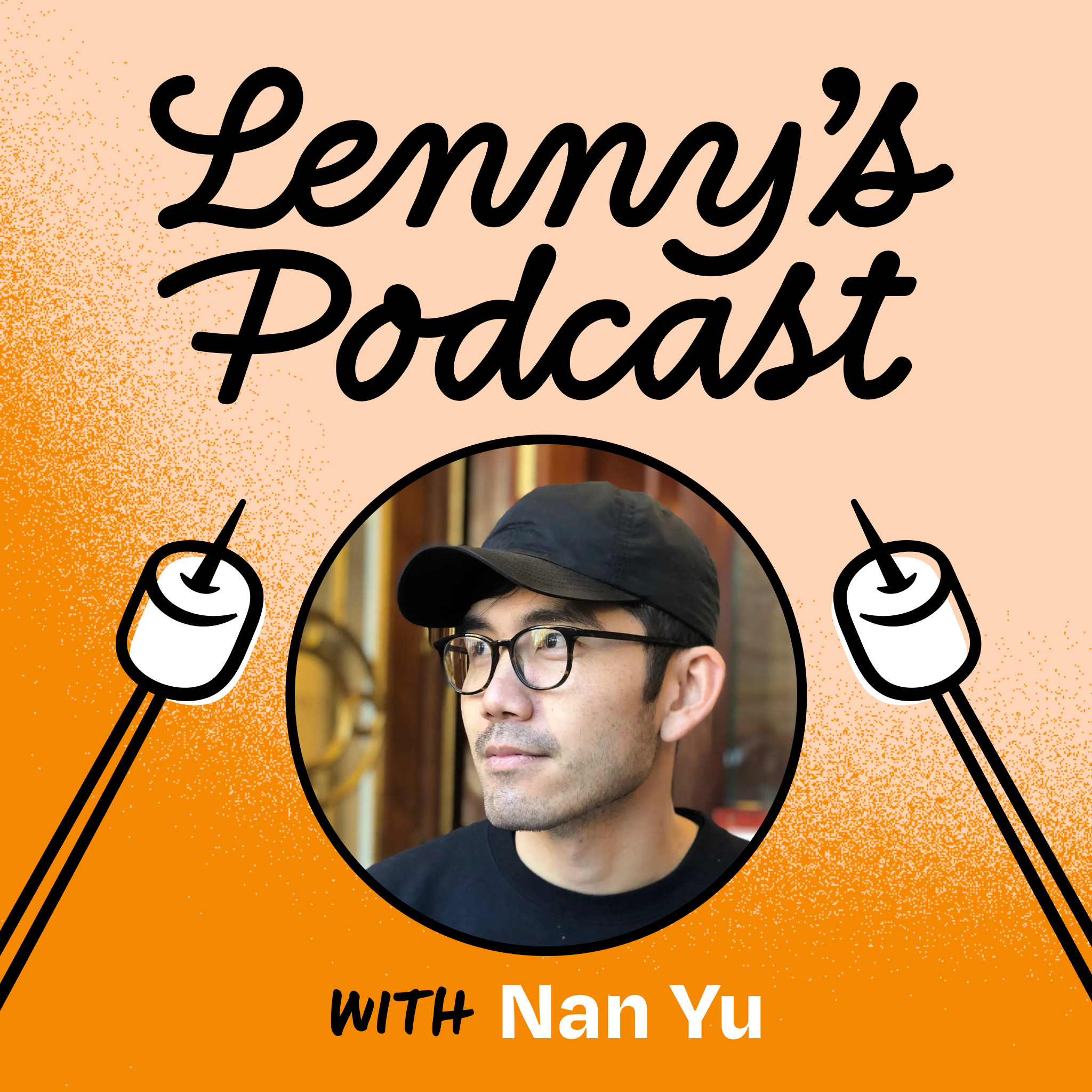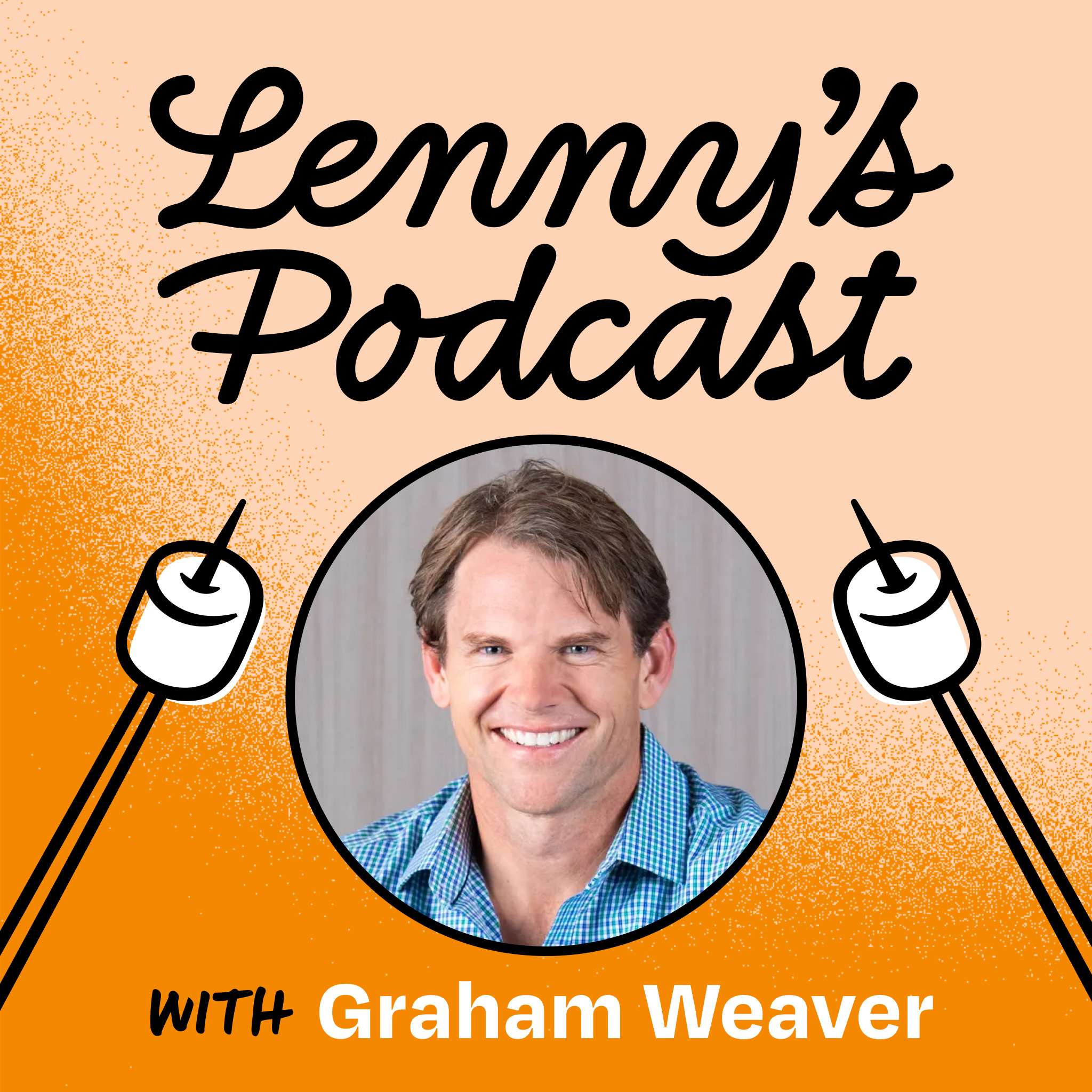
April 11, 2024 • 1hr 27min
A framework for finding product-market fit | Todd Jackson (First Round Capital)
Lenny's Podcast: Product | Growth | Career
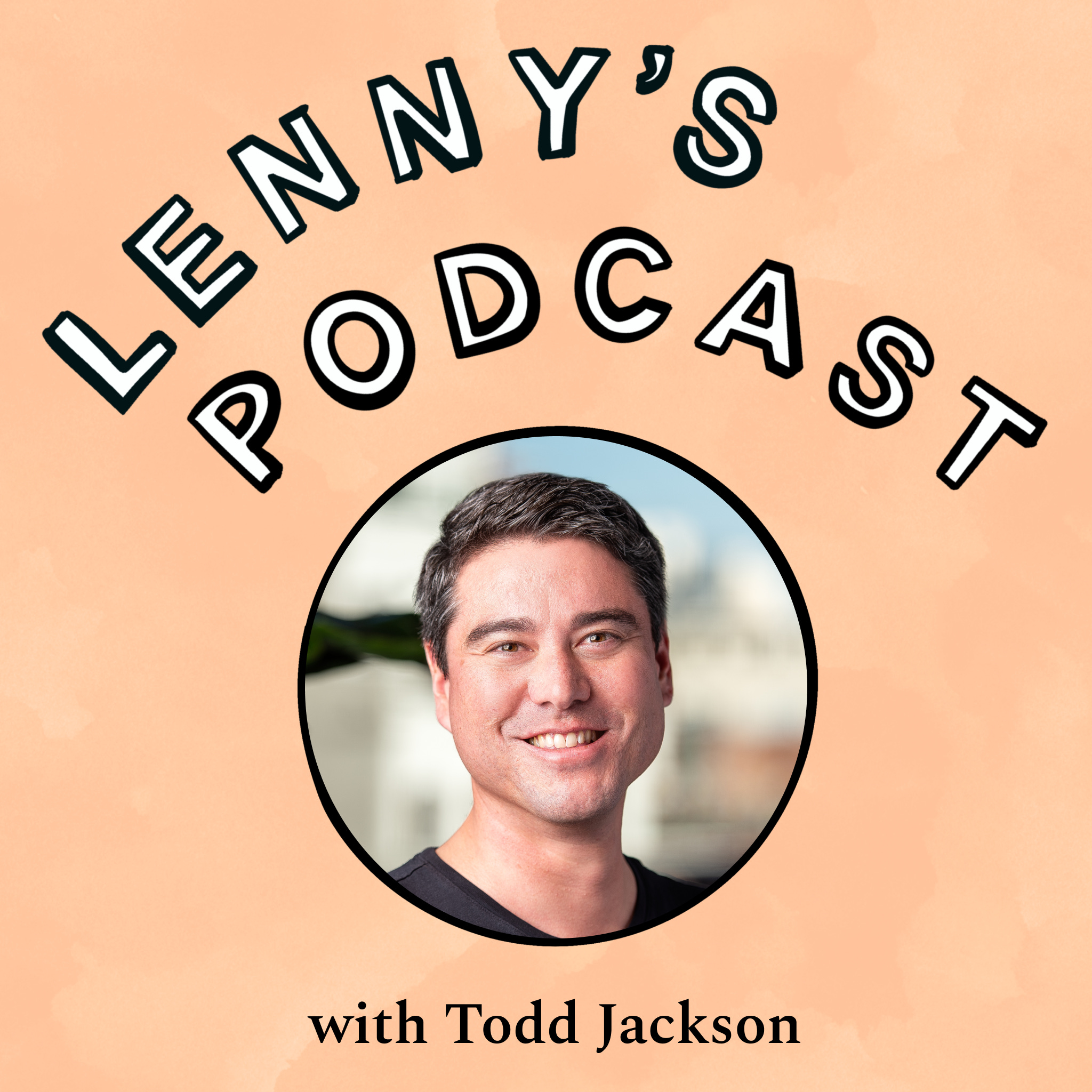
Key Takeaways
- First Round Capital has developed a framework to help early B2B founders increase their odds of finding product-market fit, broken down into 4 levels: nascent, developing, strong, and extreme
- The framework focuses on 3 key dimensions: satisfaction, demand, and efficiency. Companies need to optimize for different dimensions at each level
- Most startups (60-70%) get stuck at levels 1 or 2. Only about 30% make it to levels 3 or 4
- The "4 P's" framework can help founders pivot if they're stuck: Persona, Problem, Promise, and Product
- Founders should focus on "dollar-driven discovery" - asking specific questions to gauge customers' willingness and ability to pay
- It typically takes 4-6 years for the best enterprise companies to reach extreme product-market fit (level 4)
- Even at level 4, companies need to keep finding product-market fit for new products/markets to continue growing
Introduction
Todd Jackson, Partner at First Round Capital, joins the podcast to discuss a new framework his firm has developed to help early-stage B2B founders find product-market fit. Todd brings deep product experience from his time at companies like Google, Facebook, Twitter and Dropbox. He shares insights from First Round's research into hundreds of startups to identify patterns in how the most successful companies progress through different levels of product-market fit.
Topics Discussed
Overview of the Product-Market Fit Framework (16:54)
Todd explains that product-market fit is not binary, but happens in stages over multiple years:
- Level 1: Nascent - Find 3-5 customers with a problem worth solving
- Level 2: Developing - Scale to 25 satisfied customers
- Level 3: Strong - Reach 100+ customers with repeatable demand
- Level 4: Extreme - 100+ customers, efficient growth, expanding TAM
The framework focuses on 3 key dimensions:
- Satisfaction - How much customers love the product
- Demand - How easily you can acquire new customers
- Efficiency - How profitable/scalable the business is
Companies need to optimize for different dimensions at each level as they progress.
Level 1: Nascent Product-Market Fit (21:35)
Key characteristics of Level 1:
- Pre-seed or seed stage, less than 10 people
- Goal is to find 3-5 customers with an important, urgent problem
- Focus on satisfaction first, demand second, efficiency last
- Typically $0-500k ARR
- Okay to be inefficient if it helps uncover strong customer satisfaction
Todd gives the example of Vanta, which started by manually helping startups get SOC 2 compliance, delivering huge value before building any product.
Signs you're stuck at Level 1:
- Customers wouldn't be very disappointed if your product disappeared
- Each customer wants a different core feature
- Very hard to find the next new customer
- Low/stagnant product usage
The Four P's Framework (33:16)
Todd introduces the "4 P's" framework to help founders pivot if they're stuck:
- Persona - Who you're targeting
- Problem - What issue you're solving
- Promise - How you position/pitch the solution
- Product - What you actually build
He gives examples of how companies like Lattice and Plaid changed some or all of these P's to find product-market fit.
Level 2: Developing Product-Market Fit (39:13)
Key characteristics of Level 2:
- Seed or Series A stage, up to 20 people
- Goal is to scale from 5 to 25 satisfied customers
- Focus on demand in addition to satisfaction
- Typically $500k to $5M ARR
- Starting to think about efficiency metrics
Todd explains this is where you need to find scalable demand channels beyond just founder-led sales.
Signs You're Stuck at Level 2 (49:13)
Indicators you may be plateauing at Level 2:
- Trouble "opening the floodgates" to new customers
- Regretted churn greater than 20%
- Long sales cycles, losing deals late in the funnel
- Lack of urgency from customers
- Struggling to hit desired price points
Todd advises founders to revisit the 4 P's and consider pivoting if stuck here for 12-18 months.
Level 3: Strong Product-Market Fit (55:12)
Key characteristics of Level 3:
- Series B stage, 30-100 people
- Goal is to scale from 25 to 100+ customers
- Focus on efficiency in addition to satisfaction and demand
- Typically $5M to $25M ARR
- At least one scalable demand channel, 10%+ inbound
Todd says this is where it starts to feel like "the fish are jumping into the boat" - demand becomes much easier.
Signs You're Stuck at Level 3 (1:00:17)
Potential issues at Level 3:
- NRR below 90% or regretted churn above 10%
- Growth slowing (e.g. from 3x to 2x year-over-year)
- Increased competition
- First scalable channel getting saturated
- Growing but at the expense of efficiency
Level 4: Extreme Product-Market Fit (1:02:22)
Key characteristics of Level 4:
- Series C+ stage, 100+ people
- Goal is to scale beyond 100 customers, expand TAM
- Optimize all 3 dimensions: satisfaction, demand, efficiency
- $25M+ ARR
- Strong efficiency metrics (e.g. 80%+ gross margin, <1x burn multiple)
Todd explains this is where companies start expanding into new products/markets to continue growing.
Timelines for Each Level (1:06:55)
Todd shares rough timelines for progressing through the levels:
- Level 1: 12-18 months
- Level 2: ~1 year
- Level 3: 1-2 years
- Level 4: 1-2 years
He notes it typically takes 4-6 years total to reach Level 4 for the best enterprise companies.
Dollar-Driven Discovery (1:13:56)
Todd explains First Round's approach to customer discovery, focused on gauging real willingness and ability to pay:
- Identify extreme value - look for "wow" reactions
- Confirm ability to pay - ask about existing budgets, decision processes
- Quantify willingness to pay - ask about fair, expensive, and prohibitively expensive price points
He emphasizes the importance of asking specific questions to get honest, concrete answers rather than polite speculation.
Conclusion
Todd Jackson and First Round Capital have developed a comprehensive framework to help early-stage B2B founders increase their odds of finding product-market fit. By breaking the journey into distinct levels and focusing on key dimensions of satisfaction, demand, and efficiency, founders can better understand where they are in their progress and what to optimize for next. The "4 P's" framework of Persona, Problem, Promise, and Product provides a tool for pivoting when stuck. Overall, this structured approach aims to help more startups successfully navigate the challenging early stages and reach strong, sustainable product-market fit.
